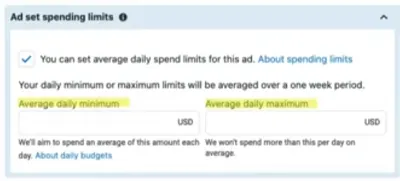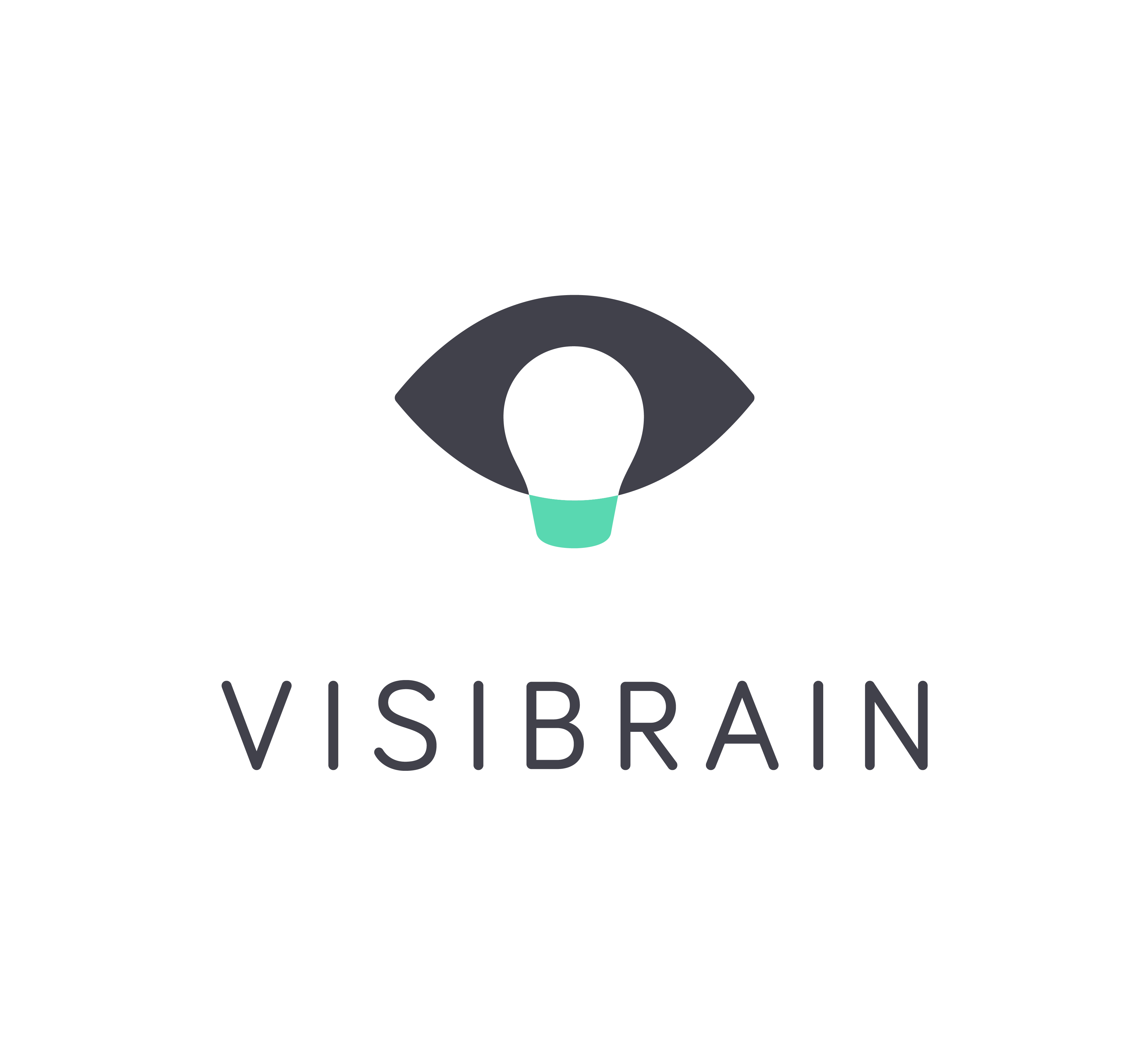UPDATE (8/27): Meta says that it's not making any changes to its billing, and that the below information was based on an error in its Help Center listings.
As per Meta:
"A technical error caused a small number of people to see a Help Center article with outdated information. We have not recently changed our billing policies, and the technical error has since been fixed. Meta offers advertisers a variety of different ways to manage their expenses and determine when they are charged for ads.”
________Meta’s quietly rolled out a couple of tweaks to its ad spending and charging process, which could impact your campaign performance and costs.
First off, Meta recently changed the wording of its overview of how and when you’ll be charged for Meta ads, with upfront billing now being put into effect.
Previously, Meta explained that advertisers will be automatically charged for their ads whenever they spend up to their set payment threshold. They’ll then be charged again at their monthly bill date if there are any leftover costs.
But now, the explanation reads:
“You're charged at the moment you confirm your ads purchase. Your ads charge will be equal to the budget your set for your ad and we will not charge you an amount exceeding the budget that you set for your ad. For example, if your campaign is set to run for two days with a daily budget of $10, you'll be charged $20 at the moment you confirm your purchase.”
That seemingly suggests that Meta’s going to be taking in more money, because any issues with ad delivery, or underperforming ad sets, could stop your ads from reaching your set threshold, and thus you wouldn’t have been charged the full amount in the past.
But now, Meta’s going to charge you the full cost as soon as you launch your campaign. Which could bring in more money for Meta, and it’s obviously confident that it can deliver all of your ads to meet your settings.
But it’s a change in process, which may impact your overall ad spend.
Meta’s also made a change to ad spending limits for its automated Advantage+ campaigns, moving from minimum/maximum budget settings, to an average ad set spend limit.

That means that rather than the system optimizing your campaigns for performance (i.e. spending more to boost your ads on days that see more engagement), advertisers will be capping their spend, which will then see this act, effectively, as a limit in some circumstances.
As noted by Meta ads expert Jon Loomer, this is an odd approach, as it will seemingly hurt performance when using Meta’s automated ad delivery, and not help in any way, but it could give advertisers more control over their ad budgets, which may make it seem like less of shock if the system ever exceeds the daily threshold.
That, I would assume, is the main aim here, providing more peace of mind for those who still feel a little uncomfortable trusting the robots to allocate your ad spending. But it could impede performance, and it’s important to understand what you’re doing when you utilize this option.
Some smaller changes, which could have bigger impacts, depending on how you use them.
(Note: I’ve asked Meta for more info on these changes and will update if/when I hear back.)










